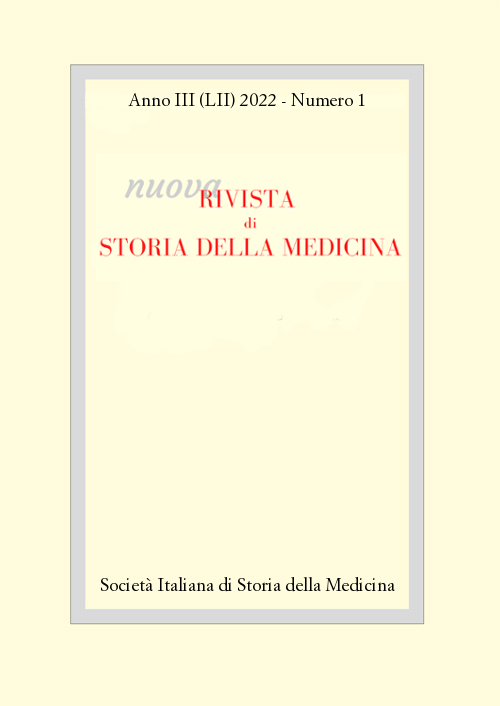Evolution of the diagnostic criteria of eating disorders (1952-2013)
DOI:
https://doi.org/10.13135/2724-4954/6754Abstract
In the fall of 1868, Sir William Gull provided the first modern description of anorexia nervosa described as “a peculiar form of disease that almost always occurs in young women and characterized by extreme emaciation”. Six years later, he proposed to define it by the term Anorexia Nervosa (Apepsia Hysterica, Anorexia Hysterica). Almost simultaneously Charles Lasègue describes the same pathology, of which he emphasizes the “conceptual anomaly”: the main symptom, the weight loss, is pursued deliberately. This paper shows the changes in the diagnostic definition of food behaviour disorders in the various editions of the DSM (Diagnostic and Statistical Manual of mental disorders): from DSM-I (1952) to DSM-V (2013), with reference to different categories of patients, also considering the different ages of life.



